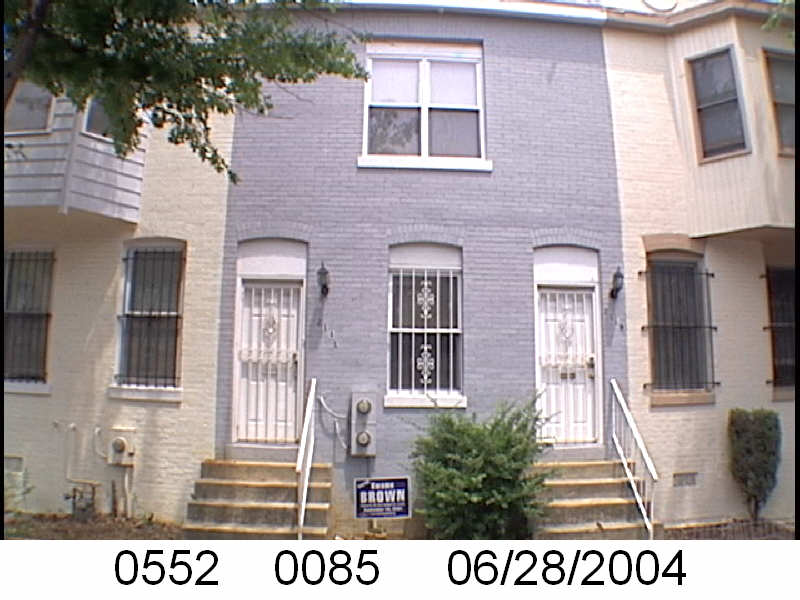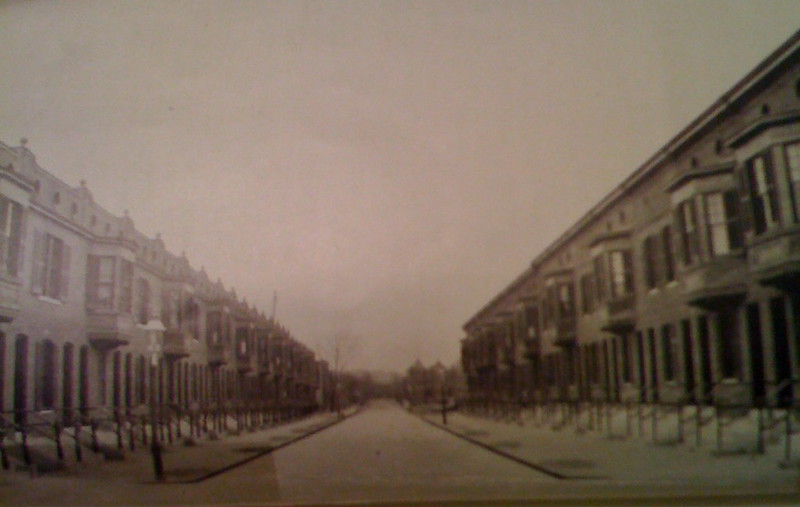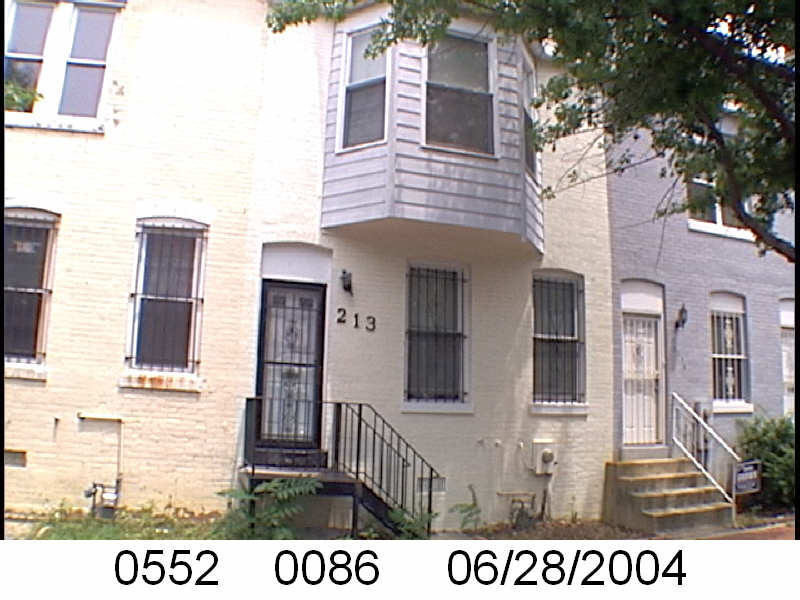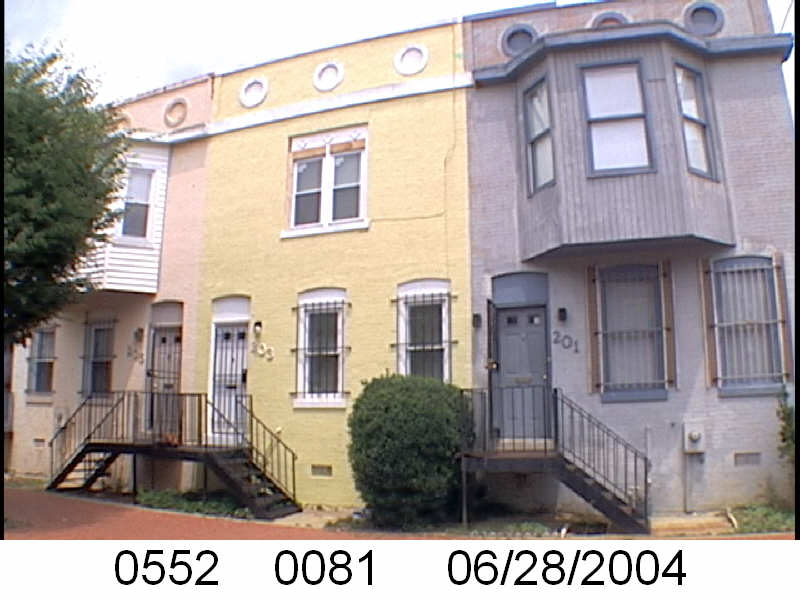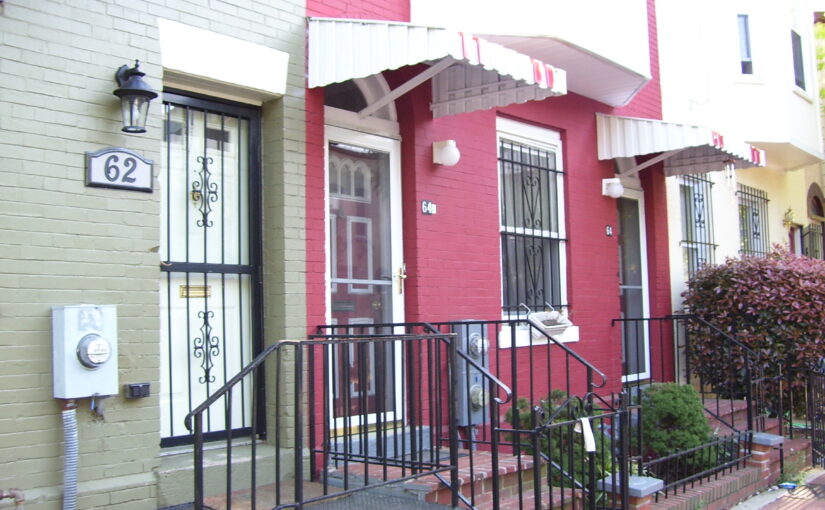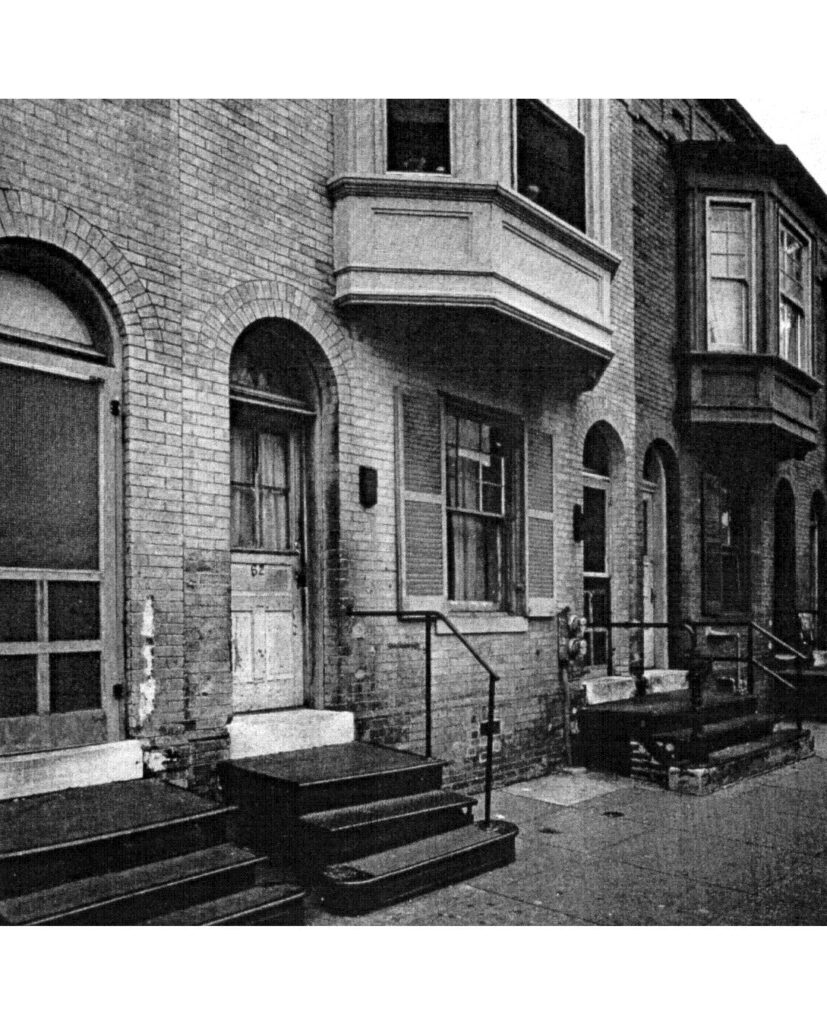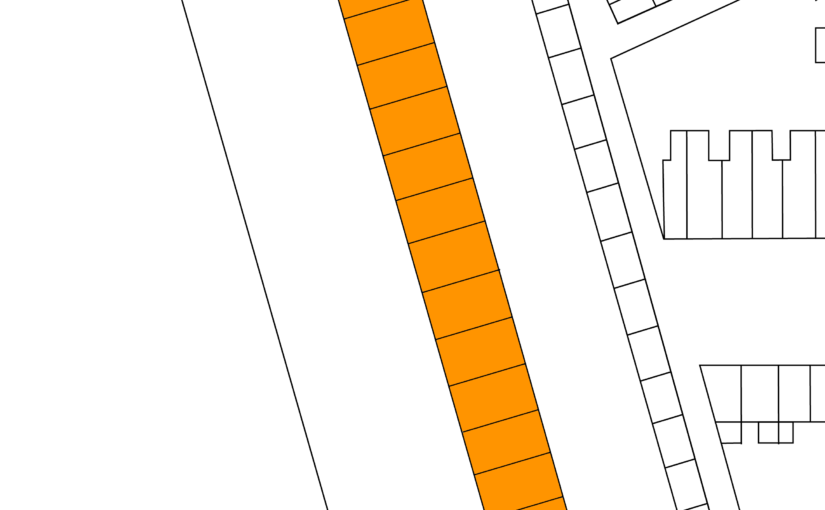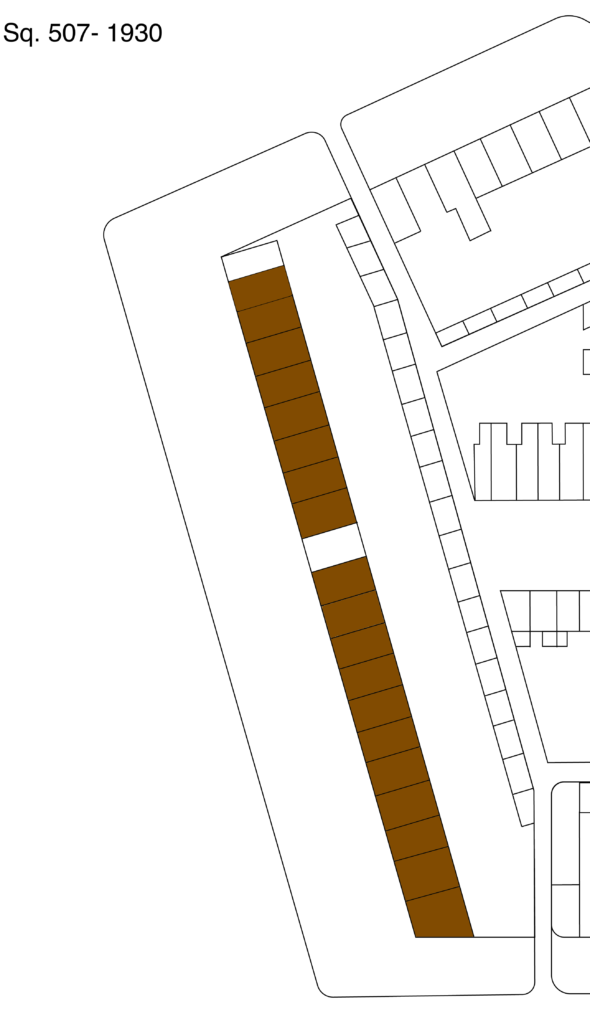The Washington Sanitary Improvement Company (WSIC) was a late 19th century charitable capitalism experiment that ended in the 1950s. This blog started looking at the homes that were supposed to be sold to African American home buyers, after decades of mainly renting to white tenants.
Looking at WSIC properties they tend to have a pattern where the properties were sold to a three business partners, Nathaniel J. Taube, Nathan Levin and James B. Evans as the Colonial Investment Co. for $3 million dollars. Those partners sold to African American buyers. There was usually a foreclosure. Then the property wound up in the hands of George Basiliko and or the DC Redevelopment Land Agency (RLA). Then there were the odd lucky ones who managed to avoid that fate.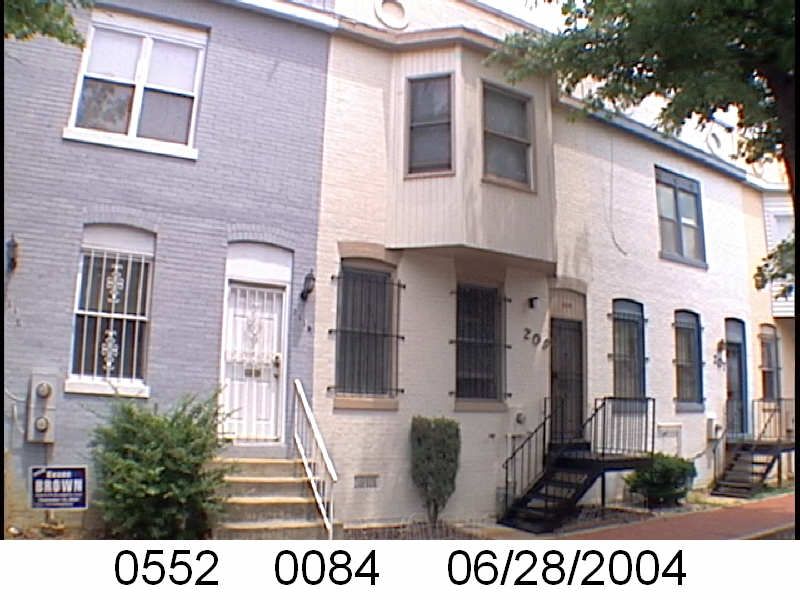
Let’s see what happens with 209 Bates St NW:
- December 1950 (recorded Jan 18, 1951) Evans, Levin and Taube sold the whole of 209 Bates NW to Blanche L. and Willie J. Kinney.
- December 1950 (recorded Jan 18, 1951) the Kinneys borrowed $5,050 from Colonial Investment Co. favorite trustees Abraham H. Levin and Robert G. Weightman.
- November 1952 the Kinneys sold half of the property back to Evans, Levin, and Taube. They refinanced their mortgage with two docs, so they had a new mortgage of $2,646.39.
- February 1953 Evans, Levin and Taube sold the other half to Joseph and Mattie Lee Barnes.
- Feb 1953 the Barnes borrowed $2,776.75 from trustees Abraham H. Levin and Robert G. Weightman.
- February 1954 the Kinneys lost their half to foreclosure and Evans, Levin and Taube regained ownership of that half via an auction.
- March 1954 Evans, Levin and Taube sold the foreclosed half to Julia Corbett, a widow.
- March 1954 Mrs. Corbett borrowed $3,170.21 from Levin and Weightman.
- May 1956 the Barnes sold their half back to the Colonial Investment Co partners, Harry A. Badt who replaced Levin who died, Taube, and Evans. The Barnes were released from their mortgage in 1962.
- June 1959 Badt, Evans, Taube, the Nathan Levin survivors and their spouses, sold several properties, including 209 Bates to Sophia and George Basiliko.
- October 1971 the Basilikos and Mrs. Corbett sold 209 Bates to the DC Redevelopment Land Agency for $12,000.
- 1979-1980? the property was transferred/sold to the Bates Street Associates (BSA) Limited Partnership.
I’ll stop there because the documentation gets insanely complicated after that. It fits the pattern. There was one foreclosure (and to sell backs) and it wound up in the hands of George Basiliko, who then passed it on to DC RLA who then passed it on to BSA.

